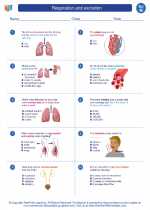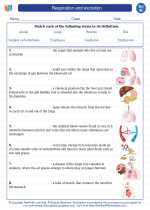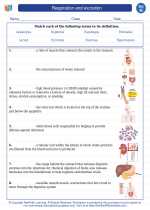Homo
In biological taxonomy, Homo is the genus that includes modern humans (Homo sapiens) and several extinct species of closely related ancestors. The study of Homo is an important part of understanding human evolution and the development of various species within the Homo genus.
Key Concepts
- Evolution of Homo species
- Characteristics of Homo sapiens
- Comparison of different Homo species
- Impact of Homo species on the environment
Study Guide
1. Evolution of Homo Species
Study the timeline of Homo species evolution, including the emergence of Homo habilis, Homo erectus, Homo neanderthalensis, and Homo sapiens. Understand the key adaptations and developments that occurred within each species.
2. Characteristics of Homo Sapiens
Explore the unique physical and behavioral characteristics of Homo sapiens, including bipedalism, brain size, tool use, and cultural developments. Consider how these traits contributed to the success of Homo sapiens as a species.
3. Comparison of Different Homo Species
Compare and contrast the anatomical features, geographic distribution, and cultural behaviors of different Homo species. Identify similarities and differences among Homo habilis, Homo erectus, Homo neanderthalensis, and Homo sapiens.
4. Impact of Homo Species on the Environment
Examine the ecological impact of Homo species on their environments, including their role as hunters, gatherers, and eventually agriculturalists. Consider the implications of Homo species' interactions with other species and their influence on ecosystems.
.◂Science Worksheets and Study Guides Eighth Grade. Respiration and excretion

 Worksheet/Answer key
Worksheet/Answer key
 Worksheet/Answer key
Worksheet/Answer key
 Worksheet/Answer key
Worksheet/Answer key
 Vocabulary/Answer key
Vocabulary/Answer key
 Vocabulary/Answer key
Vocabulary/Answer key
 Vocabulary/Answer key
Vocabulary/Answer key
 Vocabulary/Answer key
Vocabulary/Answer key
